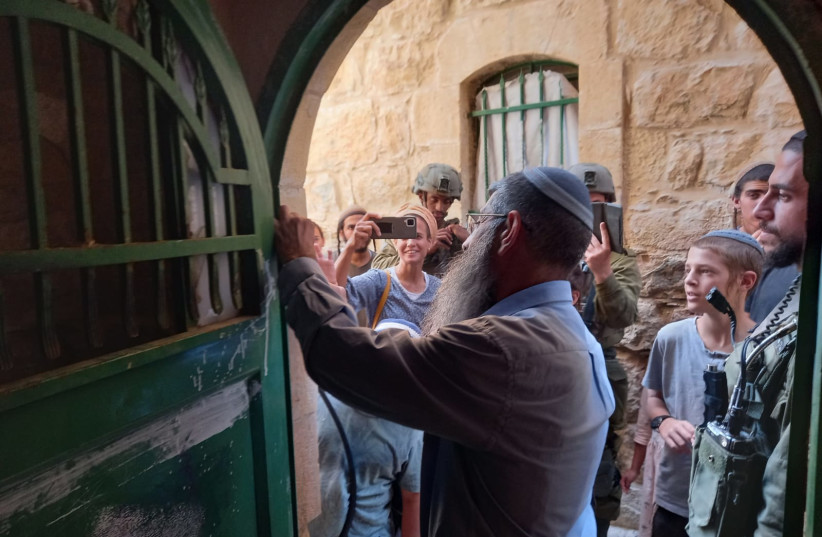On the night of August 23, 1929, and continuing for a full three days, the longstanding coexistence in the city of Hebron was obliterated in a frenzy of slaughter and bloodshed as the Arab residents of the city led a pogrom against their 800 Jewish neighbors as documented by The Jewish Virtual Library.
67 Jews were killed. Synagogues and homes, lived in for generations, were destroyed.
At the time, incitement by the Grand Mufti of Jerusalem over the recent influx of Jewish immigrants to the area had brought tensions to a boiling point. The day before three Arabs and three Jews had been killed during riots on the Temple Mount and news quickly spread amongst the region's Arab population that the Jews were conducting “wholesale killings of Arabs,” in the area.
During the 1800’s the number of Jews emigrating to the region grew rapidly. The Slabodka yeshiva, an important institution of Ashkenazi religious Jewry, had fled en-mass to the city in 1925, a sudden demographic shock to the delicate balance of the local populations.
On the morning of August 23, a group of Arab youths threw rocks at students of the Yeshiva walking past. Later that night some of the youths broke into the yeshiva. They found a student, Shmuel Rosenholtz, alone, and killed him. So began the Hebron Massacre.

Early reports by the United States Consul General vastly overestimated the numbers killed but the truth was not much better. By the end of the night, 55 Ashkenazi Jews had been killed alongside 12 of their Sephardic brethren.
A group of Jews who had fled to the Beit Romano police station remained under siege for three days until the rampage died down.
Solidarity during the slaughter
Amongst the bloodshed, there were some moments of genuine solidarity. Zmira Mani, a Jewish woman living in Hebron at the time, spoke about a local Arab man, Abu Id Zaitoun, and his son, who came to warn her family and take them into their own home. Zaitoun and his son protected their Jewish neighbors.
